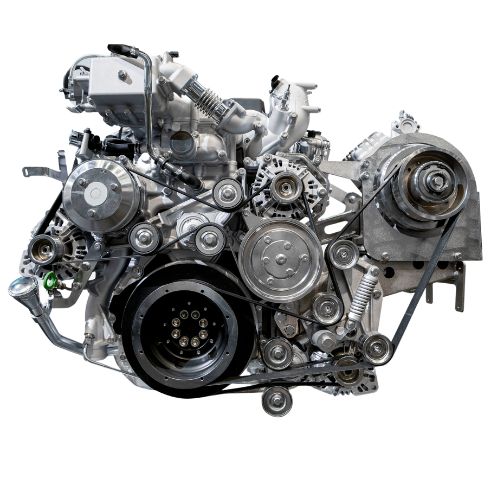N63TU2 (N63R) Used BMW Engine
Large Network Of Engine Suppliers
Compare Quotes
Save Money
Save Time
N63TU2 (N63R) Used BMW Engine For Sale
Introducing the N63TU2 (N63R) Used BMW Engine, the perfect choice for those looking to upgrade or replace their existing BMW engine. This engine boasts a 4.4-liter V8 layout with 32 valves, a TVDI camshaft, and a valve timing system. This engine delivers impressive power and acceleration with a horsepower rating of 445 and a torque rating of 480.
Active from 2015 onwards, the N63TU2 (N63R) engine has been used in various BMW models, including the G12 750Li. This engine is popular among car enthusiasts due to its exceptional performance and reliability.
Whether you’re looking to replace a worn-out engine or upgrade your current BMW engine, the N63TU2 (N63R) Used BMW Engine is an excellent choice. With its V8 layout, advanced camshaft and valve timing system, and impressive horsepower and torque ratings, this engine will surely provide an exhilarating driving experience.
Best Engine Replacement Procedure
- Swap the engine’s oil, fuel and oil filters, and coolant.
- Install new engine and external coolers if existing.
- Cleanse the cooling system thoroughly, then replace the water pump.
- Renew necessary hoses and belts.
- Install a new timing belt, spark plugs, and wires.
- Replace essential gaskets and seals, focusing on the oil pan, front, and rear main seals.
- Clear the vehicle’s computer codes before engine installation.
- Ensure the replacement engine matches the original specifications.
- Transfer exhaust manifolds, mounts, distributor, and sensors from the old engine.
- Disable fuel and ignition before ignition to prime the oil.
- Ensure no plugs or tape remain on the engine before installation.
7 Common Mistakes to AVOID!
- Not resetting the vehicle’s computer codes before installation.
- Skipping the step of adding engine oil before the first startup.
- Forgetting to deactivate the fuel and ignition systems, essential for priming the oil.
- Ignoring the replacement of the oil cooler or the radiator’s integrated oil cooler.
- Overlooking the cleaning of the radiator and checking the operation of the cooling fans.
- Not swapping out the flywheel and its securing bolts.
- Trying to initiate the engine’s first run without proper priming.
